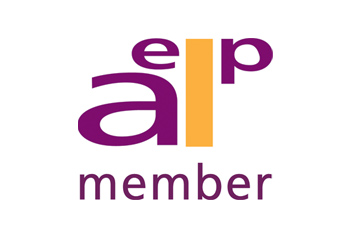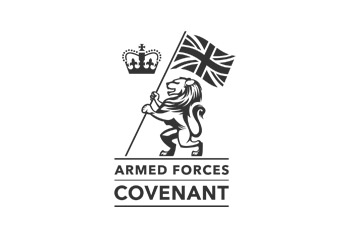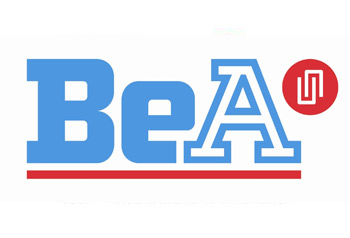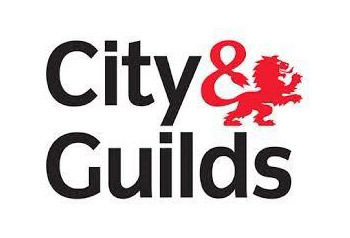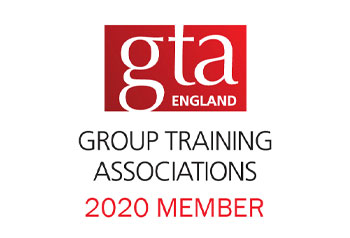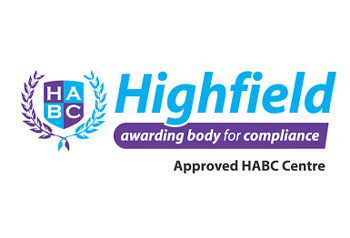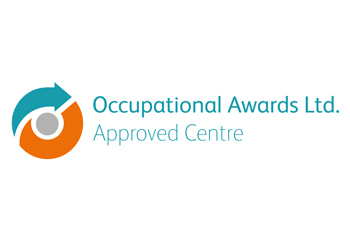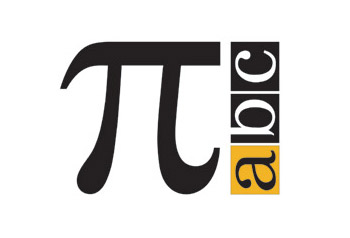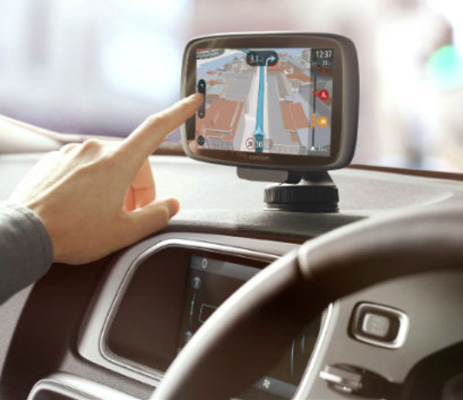
Employees’ sat nav use
Q Our company vehicles are fitted with satellite navigation devices. We wish to ensure drivers use these appropriately. Could you outline the instructions and information we should be providing to our employees?
A Many vehicles now come equipped with technology such as satellite navigation devices (sat navs) that give drivers directions to a destination.
When used appropriately, a voice-based sat nav can assist drivers by planning routes and avoiding the use of paper maps. It can also prevent drivers from hesitating when driving and stop sudden lane changes, for example.
hesitating when driving and stop sudden lane changes, for example.
However, a sat nav can sometimes provide a dangerous distraction, reducing concentration and observation of the road conditions. There is also some evidence to suggest the use of a sat nav can increase driving speeds. Research for the road safety group Brake found that:
- 15% of drivers who use a sat nav admitted to making illegal or dangerous manoeuvres to correct mistakes when following a sat nav instruction
- 7% of drivers admitted to having a near miss, having to brake suddenly or swerve to avoid a hazard due to being distracted by a sat nav.
Both Brake and RoSPA provide useful guidance that can be supplied to employees about the safe use of a sat nav.
Brake states that drivers should remember that the sat nav is there to help drivers keep focused on driving rather than worry about directions “but it’s not there to make all the decisions for you”.
Drivers should be reminded to plan the journey before setting off including the programming of the sat nav to ensure they have the correct destination. Planning may also reduce reliance on the sat nav when actually driving.
When driving, employees should be reminded that they should stay alert to warning hazards and speed limits and not rely on the sat nav to provide warnings. Drivers should also be instructed on the following.
- The positioning of portable sat navs so that they do not obscure driver vision and are out of the way of airbags. The sat nav should not be directly in line of sight but drivers should not have to keep looking down or away from the road to glance at it.
- If reprogramming of the sat nav is required, drivers should pull over to a stop.
- They should have read the instructions for the sat nav and update it regularly with the most recent mapping
Information taken from the British Safety Council latest Q&A ref: www.britsafe.org


